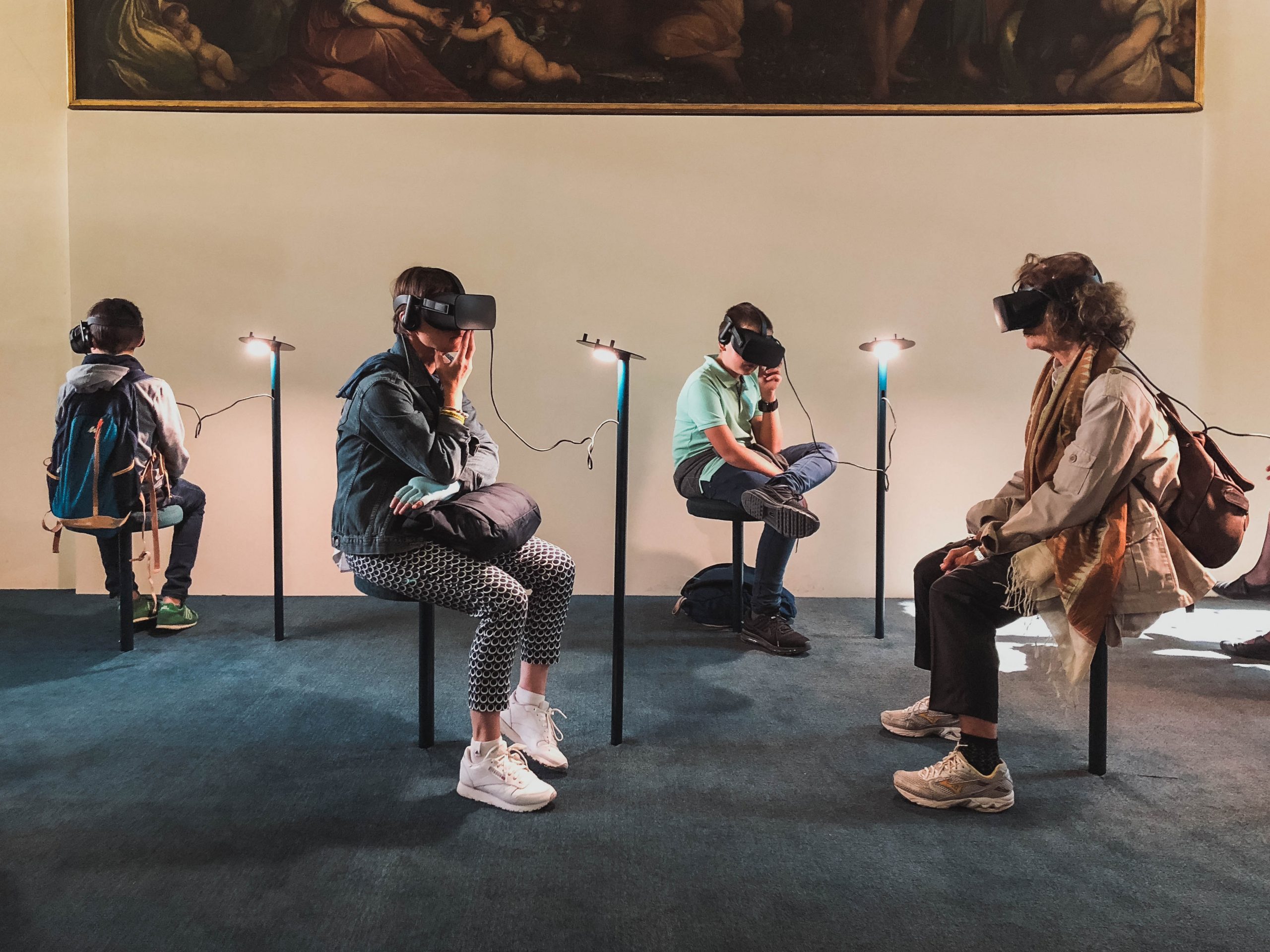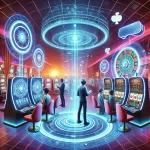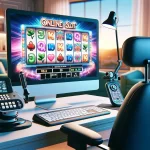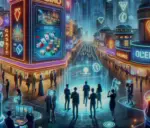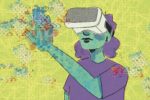The idea of walking through 1st century Rome or seeing Pompeii before its destruction seems only possible through time travel. However, recent efforts in historical preservation seek to bring these cities and other ancient locales to the modern age through digital recreations. By combining these recreations with augmented reality (AR), which displays virtual models in real-world settings using a camera, and virtual reality (VR), historians can create immersive and interactive ways of viewing history. By further developing this technology, digital recreations can enhance historical studies and contribute to other fields.
New Educational Tools
Traditional means of teaching history sometimes struggle to engage students with the lesson material. Unlike the basic life skills of math and language or the hands-on studies of science and art, history is often limited to teaching through textbooks. However, digital recreations provide students with exciting and interactive experiences.
In a study by Nilam Desai, she argues that while museums only provide limited coverage of history and heritage, AR technology offers multiple ways to improve these aspects. Using AR apps and websites, viewers can gain additional perspectives on exhibits through the display of 3D models. This can be used to show restored versions of damaged historical artifacts or the inside components of vintage machinery. The Seattle Museum of Flight takes this potential even further with its exhibit for the first Boeing 737 prototype. Visitors can point their mobile devices at the different sections of the jet to view an AR recreation of its interior. Presenting these unseen details transforms AR-enhanced exhibits into in-depth educational experiences.
Memorial sites and other historical locations can use AR to reimagine spaces as they appeared during specific historical moments. In an article by Jennifer Challenor and Minhua Ma, the two describe a planned AR project for the Neuengamme Holocaust Memorial that would show visitors the furniture and machinery used in Neuengamme’s brick factory before the building was incorporated into a concentration camp. The exhibition would highlight the often-forgotten lives of the factory workers before World War II. By placing visitors in the same rooms as the events depicted within the recreation, AR programs can create educational and immersive experiences.
A few studies have already proven the educational benefits of this technology. Using digital recreations of Rome and Uruk, two experiments tested whether students would learn more from virtual worlds than textbooks and documentaries. These programs delivered lessons about ordinary life in these civilizations by allowing users to freely explore the cities and talk to citizens of different occupations. The Uruk program notably added to its immersive experience by showing its citizens perform activities such as fishing, shopping and chatting with other people. Meanwhile, the Rome project included VR compatibility, which allowed participants to see structures from different perspectives. At the end of both experiments, each group was given the same test related to the subject matter. Each study reported that students who studied through the digital recreations were more motivated to learn and performed far better on the exams than the other groups.
Despite their effectiveness as educational tools, digital recreations are unlikely to replace other forms of teaching. Creating an accurate model of a single structure requires careful measurements of the architecture (either from measuring the building itself or finding historical records of its measurements) and designing textures to ensure the walls and furniture match their real-life counterparts. Applying this effort to an entire city is an exhaustive feat, making the current examples of digital recreations such impressive projects. Attempting to cover every historical subject with this complex software will require a far higher cost than the simple yet effective medium of textbooks.
Virtual Tourism in Ancient Destinations
During the COVID-19 pandemic, virtual tourism provided an alternative to travel that allowed many to experience new cultures and destinations from the comfort of their own home. However, as more travel destinations have reopened in the past year, the appeal of virtual tourism has diminished. Although virtual tourism captures the sights and sounds of foreign locations, physical travel promises a more enjoyable and involved experience. In contrast, applying the format of virtual tourism to digital recreations will allow users to visit places that can’t be found in real life.
Along with exploring the streets and monuments of ancient civilizations, users can use the VR format to participate in activities related to their destination’s setting and time period. These may include watching sporting events, stage plays related to the culture and era and attending historical events. By incorporating these elements into a VR experience, digital recreations can revive virtual tourism as an exciting and unparalleled industry.
Lithodomos VR is working on building this potential field by designing digital recreations of major cities around the world that reflect their appearance from thousands of years ago. Users explore famous landmarks across various prominent cities around the globe through the lens of a VR headset or mobile device. Each recreation presents its respective location as it appeared when first constructed, creating the impression of exploring a setting millennia ago. Although the app does not include the interactive elements or participation that defines traditional tourism, it represents an excellent first step in developing this potentially innovative format.
Even with studios like Lithodomos VR, the field is still significantly underdeveloped. Most current offerings focus on presenting an immersive view of history rather than building these into living, breathing simulations of ancient life. However, as VR becomes a more common form of entertainment in gaming and film, the development of virtual tourism through recreations may hopefully receive more attention. As of now, though, digital recreations are better suited for educational purposes.
Preservation of Landmarks and Culture
The most important use for digital recreations is the preservation of historical and cultural landmarks. A recent example of this is the ongoing restoration of the Notre Dame Cathedral following its devastating fire in 2019. However, as detailed in an article by Autodesk University, architects tasked with the restoration project use digital reconstructions of the Cathedral created from 3D scans, custom models and architectural records. These models simultaneously guide the restoration project and provide a current means to view the Cathedral’s former state in VR.
Along with restoring current architecture, digital recreations can serve as records for lesser-known structures at risk of being destroyed and forgotten. A virtual platform called Diarna archives footage and photographs of Jewish synagogues and landmarks throughout Africa and the Middle East. The platform uses these collected records to create realistic 3D recreations of the buildings. However, the violence and antisemitism that pervades some of these regions require the photographers and historians to place themselves in harm’s way to contribute to these records. By undertaking these risks, their efforts preserve a cultural history constantly at risk of erasure.
Diarna’s archive and recreations of the many damaged or destroyed sites further prove the importance of digital recreations. While the Notre Dame Cathedral will one day be repaired, many other important historical and cultural spaces will eventually be lost and forgotten due to a lack of records and photographs. By providing a way for modern historians and casual users to view these areas in detail, Diarna and other creators of digital recreations can preserve history through a highly informative medium.
Can Video Games Contribute?
With digital recreations being so highly dependent on 3D models and (in more complex examples) artificial intelligence for simulated characters, its technology may appear similar to the virtual worlds of video games. Furthermore, series like Assassin’s Creed and Brothers in Arms strive to present their historical settings in great detail to immerse players. This raises the question of whether video games can be used as proper digital recreations.
Few historic games present their settings with complete accuracy. Shortly after the Notre Dame Cathedral’s destruction, a rumor circulated among the gaming press claiming the building’s recreation in Assassin’s Creed Unity would be used as part of France’s restoration process. However, as Simone de Rochefort explains in her article for Polygon, this is impossible for multiple reasons. Many structural elements of the Cathedral needed to be changed to accommodate Unity’s stealth-action gameplay. This included adding fictional entrances to the building, changing specific pathways to aid player movement, and removing the entire sacristy.
Furthermore, particular designs of the building’s statues and stained glass needed to be changed due to copyright reasons and the extra labor and graphical performance required to include minor details. Unity’s Notre Dame is still an impressive representation of its real-life counterpart, but its design ultimately prioritized gameplay over accuracy.
Despite this, traditional virtual recreations can benefit from taking inspiration from video games to deliver engaging experiences. In 2017, a group of students from the University of the Pacific developed a recreation of Stockton, California’s Little Manila, a predominately Filipino community demolished in the late 1960s to be replaced by the Crosstown Freeway. The result displaced many residents of the area and erased one of the city’s largest cultural hubs.
As with Diarna’s recreations, the students’ project intends to preserve the memory of the city’s Filipino enclave. However, it attempts to make the experience feel more personal by building a simple narrative and series of video game-like objectives around the setting. Users can learn more about its history and culture by completing these objectives and interacting with the town’s residents and items. This creates an experience that’s simultaneously fun and educational without ever losing its sense of realism. With these factors and its VR functionality, the Little Manila recreation is an excellent example of the potential of digital recreations as combinations of edutainment and historic preservation.
Current State of Digital Recreations
The field of digital recreations is still early in its development. While some companies have already found success in the business, their goal is to highlight the technology’s potential for other developers to improve and capitalize on. As a result, the industry appears to be years away from becoming a prominent tool in either education or entertainment. Despite this, its current use for historical preservation has greatly aided in the restoration and record-keeping of many vital structures. More fields will likely find use from digital recreations in the coming years. Still, for now, its infancy allows its few yet dedicated contributors to experiment with the technology to improve it and better understand its creative potential.


